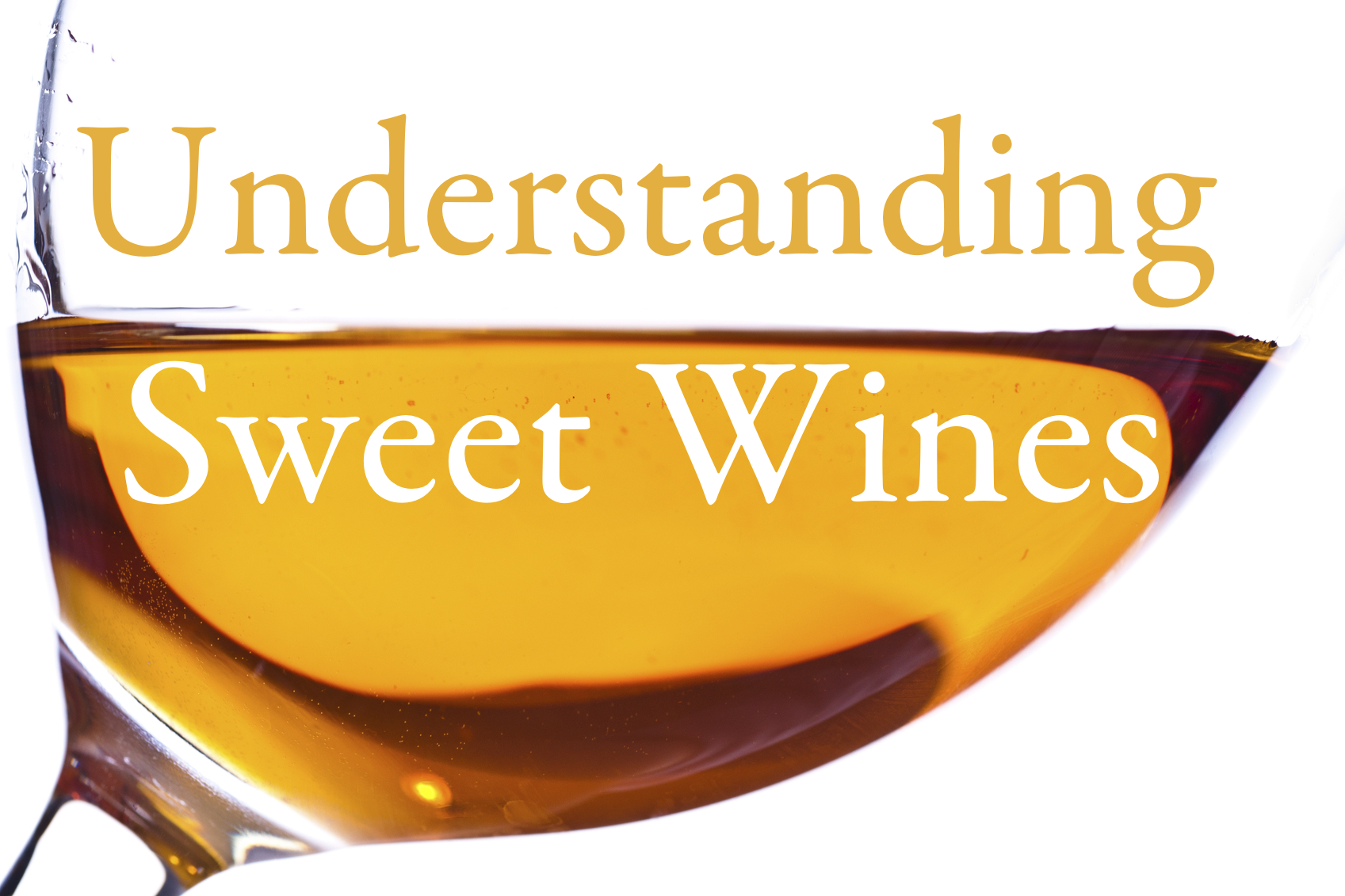“Is it sweet?”
This is something I get asked at least once a day. Some people are looking for sweeter wines while others are trying to avoid them. Sweetness in wines seems be something about which everyone has an opinion, but few people know exactly how to express their views.
To understand sweetness in wines, you’ll need to understand the term residual sugar (RS). RS is the amount of sugar that is left over after the fermentation process. You’ll remember that fermentation is simply the process by which yeast convert sugar into alcohol. Based on the wine and the winemaker’s desired style of wine, fermentation can either end naturally, when the yeasts have converted all of the sugar to alcohol, or stop the process early to preserve a small amount of sugar in the wine.
Talking about the amount of sugar in a wine can be difficult, in part, due to the complex wine terms that describe sweetness in wines. You can use the following terms to see the differences in wine sweetness levels.
BONE DRY: 0 grams per liter of sugar (g/L). There is no sugar at all in these wines.
DRY: 1 – 9 g/L of sugar Almost all red wines and most white wines. For most people, under 9 g/L is so low that the human tongue can’t taste the sugar.
OFF DRY: 10 – 18 g/L. This is where the sugar begins to be noticeable to the human tongue. Wines make in off dry styles include chenin blanc (often labeled as “sec”), some rieslings, and extra dry Champagne.
MEDIUM SWEET: 19 – 120 g/L. For an every-day comparison, a typical can of Coca Cola, contains about 110 g/L of sugar. This is the largest category of sweet wines, and it includes many rieslings, moscatos, and Champagnes that are labeled “demi sec” or “sec.” You’ll also find many wines made from torrontes and gewurztraminer in this category. Fortified wines, such as Madeira and Port are also in this category, though at the higher end of the spectrum.
VERY SWEET: More than 121 g/L. This is as sweet as it gets, and this category is dominated by four major wines: Rieslings, ice wines (sometimes called eiswein), the French dessert wine of Sauternes, and a Hungarian wine called Tokaji.
Want to learn more about Shamrock Selections? Click here.

